The Emancipation Proclamation was issued by President Abraham Lincoln in the midst of the Civil War. It declared that the slaves held in Confederate states that were in rebellion against the Union would be “forever free” and that the government and military would “recognize and maintain” their freedom.
Here are 7 things you should know about that historic document:
- The freedom it promised relied on a Union victory in the Civil War. If the southern Confederacy won, Lincoln would have had no authority to enforce the proclamation. After all, the south had named their own president – Jefferson Davis.
- The Emancipation Proclamation was actually issued twice. On September 22, 1862, a “preliminary” proclamation was issued with the announcement that it would go into effect if the Confederacy did not surrender by January 1, 1863. When the war was still raging by that deadline, the final proclamation was issued – and put into effect – on January 1, 1863, as promised.
- The pages of the proclamation were tied together with red and blue ribbons, which were attached to the signature page by an impression of the seal of the United States. Most of the ribbons still remain.
- The Emancipation Proclamation changed the war. First, it changed the focus from simply keeping the country united to freeing enslaved people. It also prevented Britain and France from joining to support the Confederate side – their dislike of slavery was stronger than their desire for more power.
- Lincoln believed this to be the most important thing he did in his presidency. “I never, in my life, felt more certain that I was doing right, than I do in signing this paper,” he said. “If my name ever goes into history it will be for this act, and my whole soul is in it.”
- In addition to promising freedom, The Emancipation Proclamation also made it possible for Black Americans to join the Union Army. By the end of the war, more than 200,000 served in the fight for unity and liberty.
- It took quite a while for some enslaved people to learn of their freedom. The Civil War ended in April of 1865, but it wasn’t until June 19 that the last enslaved people were told of their freedom. That was the date Maj. Gen. Gordon Granger issued an order stating “in accordance with a proclamation from the Executive of the United States, all slaves are free.” That day became known as Juneteenth.
The Civil War was about two things Americans treasure – freedom and unity. By establishing liberty for all Americans, the Emancipation Proclamation allowed us all to move forward more equal and united.
